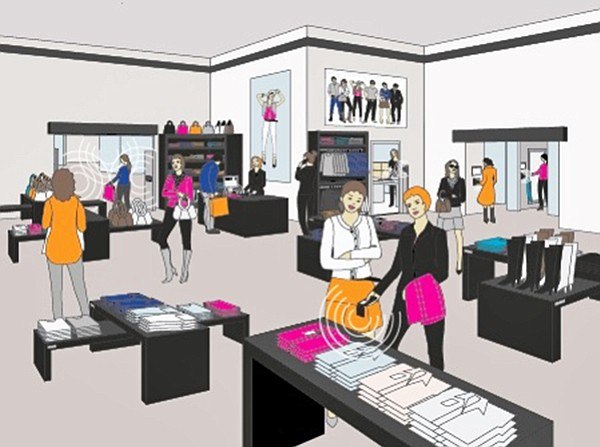Power of RFID in the retail/apparel industry

Radio-frequency identification (RFID) technology is one of the fastest growing retail initiatives today. RFID consists of electromagnetic tags attached to objects, tickets, assets and merchandise that contain electronically stored information, sensors and antennae.
Through radio waves and hardware such as beacons for proximity marketing or communication sensors, the tags are activated by the reader/antennas which read and emit data. These tags are not only attached to products but also to shelving and display tables within a store and are embedded in many luxury goods.
RFID entered the retail market in the late 1980s, primarily for tracking inventory. Early on, RFID hardware and tags were cost-prohibitive for the mainstream with a price of $1 per tag or higher plus antennae and sensors. In 2015, the RFID market was valued at $26 billion, and innovations within the Internet of Things (IoT) was on the rise. Today, the cost of tags is approximately 10 cents per tag, making it cost-effective for the industry at large.
RFID spans tag makers, sensor hardware, platforms, software and solutions. We will focus on the retail business solutions where RFID creates a “smart product” delivering information, promotions, recommendations, as well as identification and location services.
